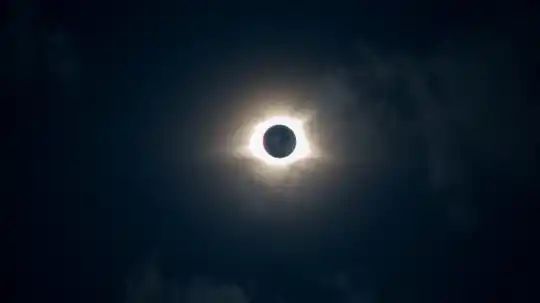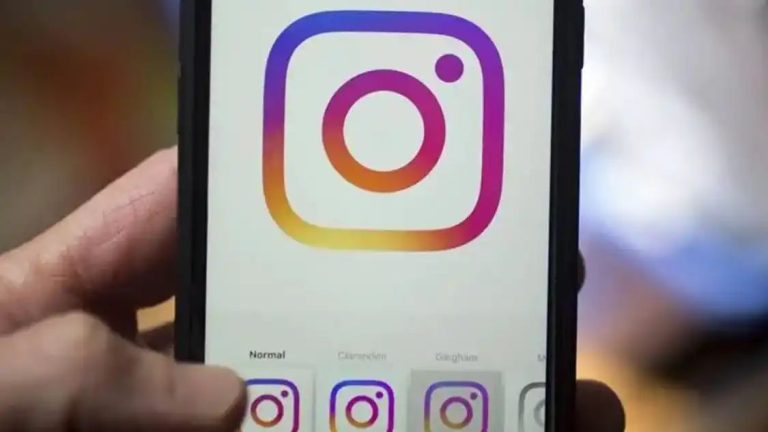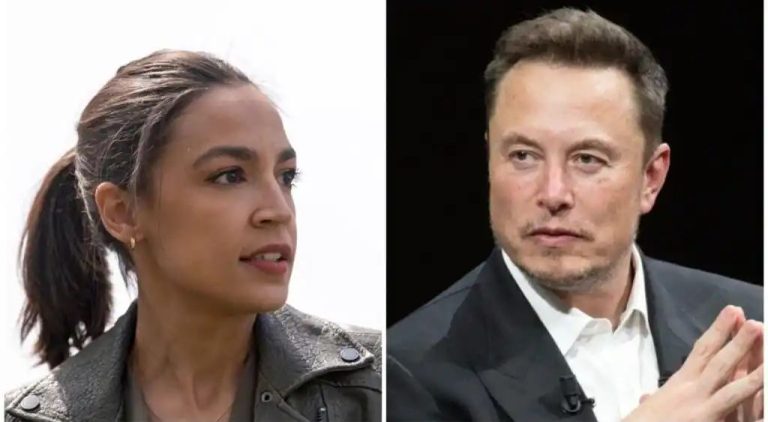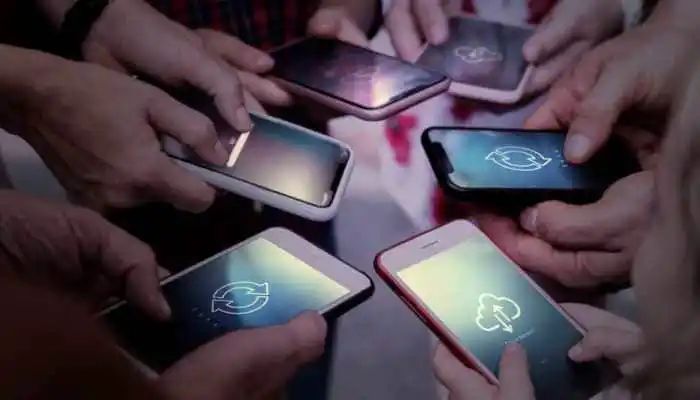OpenAI confirms Sora text-to-video AI tool will be available for public soon: Full details
This innovative tool which allows users to create hyper realistic scenes based on simple text descriptions, was initially only accessible to visual artists, designers, and filmmakers. However, some Sora-generated videos have already made their way onto platforms like X.
In the future, OpenAI plans to incorporate audio into Sora, which could enhance the realism of the generated scenes. Additionally, users will be able to edit the content in Sora-produced videos to improve accuracy.
“We are trying to figure out how to use this technology as a tool that people can edit and create with,” Murati told the Journal.
When questioned about the training data for Sora, Murati refrained from delving into specifics and appeared to sidestep the question. “I’m not going to go into the details of the data that was used, but it was publicly available or licensed data,” she stated.
Murati also mentioned uncertainty regarding the sources of videos used in Sora’s training, specifically whether content from platforms like YouTube, Facebook, and Instagram was utilised. She solely confirmed to The Journal that Sora incorporates content from Shutterstock, with which OpenAI has partnered.
She further mentioned that Sora is much more expensive to power compared to previous models like DALL-E, OpenAI’s text-to-image model. However, the company aims to make Sora available at similar costs to DALL-E upon its release.
Concerns about generative AI tools, especially regarding misinformation, have increased as the 2024 presidential election approaches. Murati stated that Sora likely won’t produce images of public figures upon release, similar to DALL-E’s policies. Additionally, Sora-generated videos will have watermarks to distinguish them from real footage, although this may not be a foolproof solution






